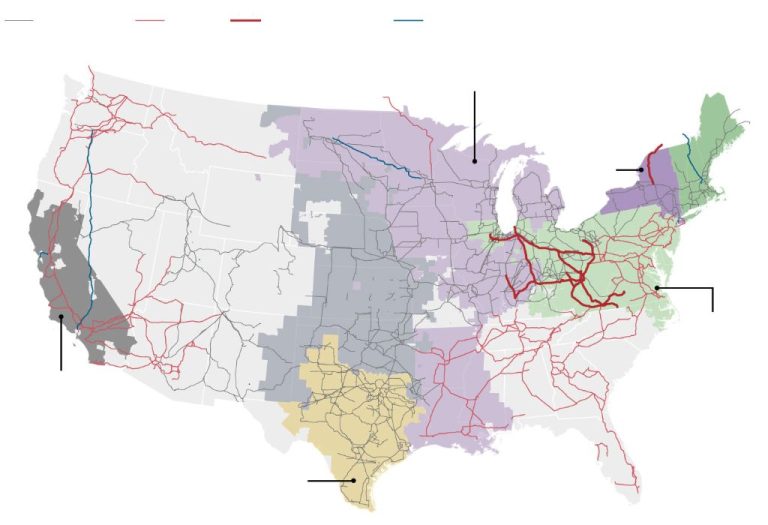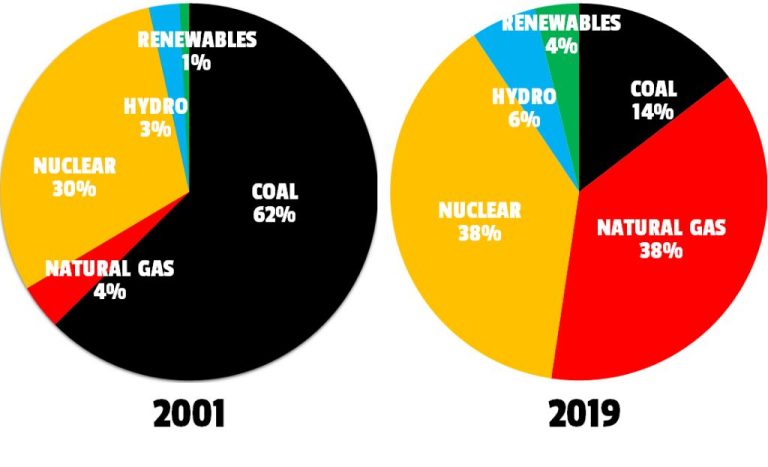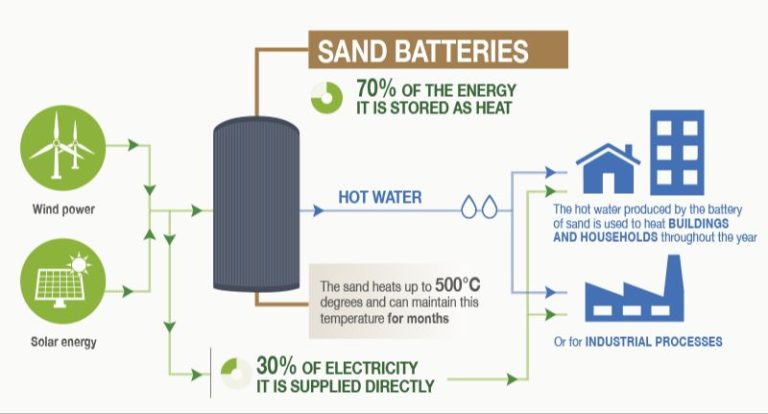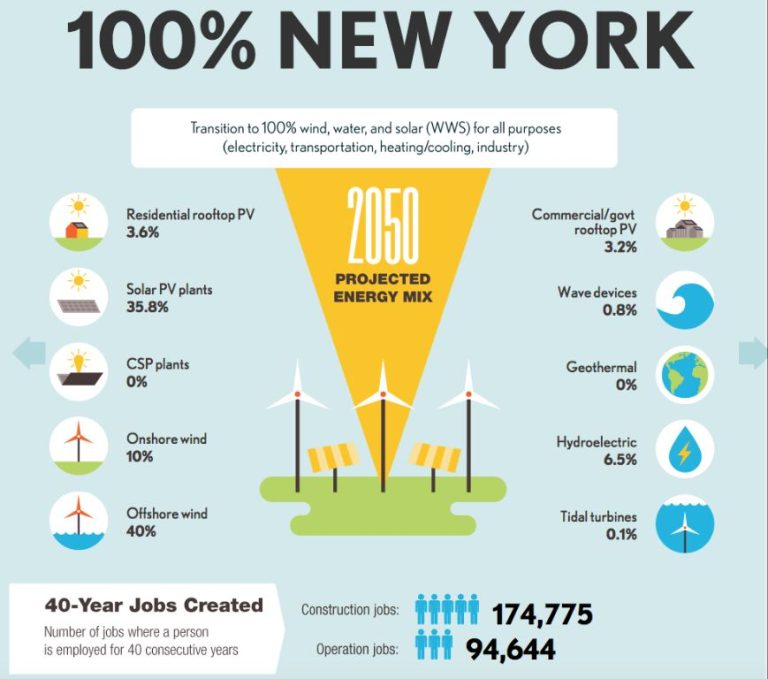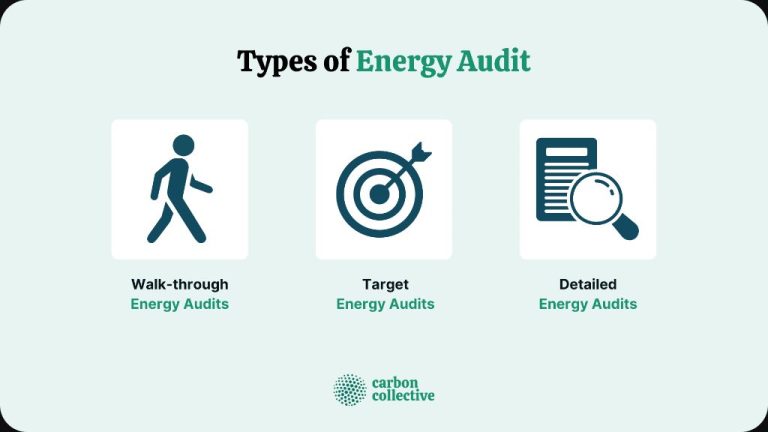Is San Diego Community Power A Cca?
Community Choice Aggregation (CCA) programs allow local governments to purchase power on behalf of their residents, businesses, and municipal accounts from an alternative supplier while still receiving transmission and distribution service from their existing utility provider (1). CCAs are an attractive option for local governments because they provide more local control over energy sources while often providing lower rates and higher renewable energy content than traditional utility offerings. As of 2022, there are 24 operational CCA programs in California serving over 9 million customer accounts (2). CCAs are becoming increasingly popular as local governments seek to reduce greenhouse gas emissions and provide lower cost power to their communities.
(1) https://www.epa.gov/greenpower/community-choice-aggregation
(2) https://cal-cca.org/about/
History of CCAs in California
In 2002, California enacted legislation allowing local governments to purchase electricity on behalf of their residents and businesses (AB 117) [1]. This legislation enabled the creation of community choice aggregation (CCA) programs, giving local governments power to procure electricity from alternative suppliers while still using the existing utility infrastructure. The goal was to allow communities more local control over their electricity mix, rates, and programs.
The first CCAs in California were formed in Marin County, San Francisco, and San Mateo County in 2008 and 2010. CCA growth accelerated after 2010, with new CCAs continuing to form throughout the state. There are now 23 operational CCA programs in California serving over 10 million customers [2]. The CCA model has proven successful in allowing communities to customize electricity options while maintaining reliable service.
What is San Diego Community Power?
San Diego Community Power (SDCP) is a community choice aggregation program that provides electricity to residents and businesses in certain cities across San Diego County. It was created in 2019 through a partnership between the cities of San Diego, Chula Vista, La Mesa, Encinitas and Imperial Beach. SDCP is governed by board members representing each of those cities.
The goal of SDCP is to provide cleaner electricity at competitive rates compared to the investor-owned utility SDG&E. SDCP plans to source electricity from renewable sources like solar and wind. At launch in April 2023, SDCP will offer two clean energy options: a 50% renewable energy standard product and a 100% renewable energy premium product.
The initial service area will include the cities of San Diego, Chula Vista, La Mesa, Imperial Beach, and Encinitas, as well as some unincorporated areas of San Diego County. Over 475,000 households and businesses will be enrolled in SDCP’s service.
SDCP’s Operations
San Diego Community Power (SDCP) sources clean electricity from a wide range of renewable sources at competitive rates. SDCP is not an electric utility that owns power plants or power lines. Instead, SDCP partners with San Diego Gas & Electric (SDG&E), which continues to deliver electricity over their power lines, maintain the infrastructure, and handle customer billing. All money collected from SDCP customers goes directly to buying power on the open market and operating the program.
Specifically, SDCP contracts for power from a variety of sources including solar, wind, geothermal, and small hydroelectric facilities. They focus on procuring renewable energy from new projects as much as possible to help support new development. SDCP has agreements with power suppliers while SDG&E delivers the electricity to customers over their existing network. SDG&E also continues to provide customer service and power line maintenance and repair. Customers only receive a single monthly bill from SDG&E that includes both the electric generation charges from SDCP and the delivery charges from SDG&E.
In this way, SDCP leverages SDG&E’s existing infrastructure while procuring cleaner energy sources to provide to customers across San Diego. The partnership enables a transition to renewable energy without having to duplicate expensive transmission and distribution systems. SDCP’s role is simply buying and supplying power at competitive rates.
SDCP’s Rates
San Diego Community Power offers competitive electricity rates compared to San Diego Gas & Electric (SDG&E). According to SDCP’s website, their rates are typically 1-5% lower for residential customers. The exact savings depend on your rate plan and energy usage.
For example, on the standard residential rate plan, SDCP charges $0.09381 per kWh in the summer, compared to SDG&E’s rate of $0.44 per kWh for peak hours on the TOU-DR1 plan [1]. For typical usage amounts, SDCP estimates average monthly savings of $5-10 compared to SDG&E [2].
Customers can use SDCP’s bill calculator on their website to compare estimated costs for SDCP vs. SDG&E based on their specific usage. Overall, most analysis shows slightly lower rates with SDCP, which makes sense as a non-profit CCA compared to the investor owned utility SDG&E [3].
SDCP’s Renewable Energy Goals
San Diego Community Power has set ambitious goals for transitioning to renewable energy sources and reducing greenhouse gas emissions. According to SDCP’s Community Power Plan, SDCP aims to provide 100% renewable energy by 2035.
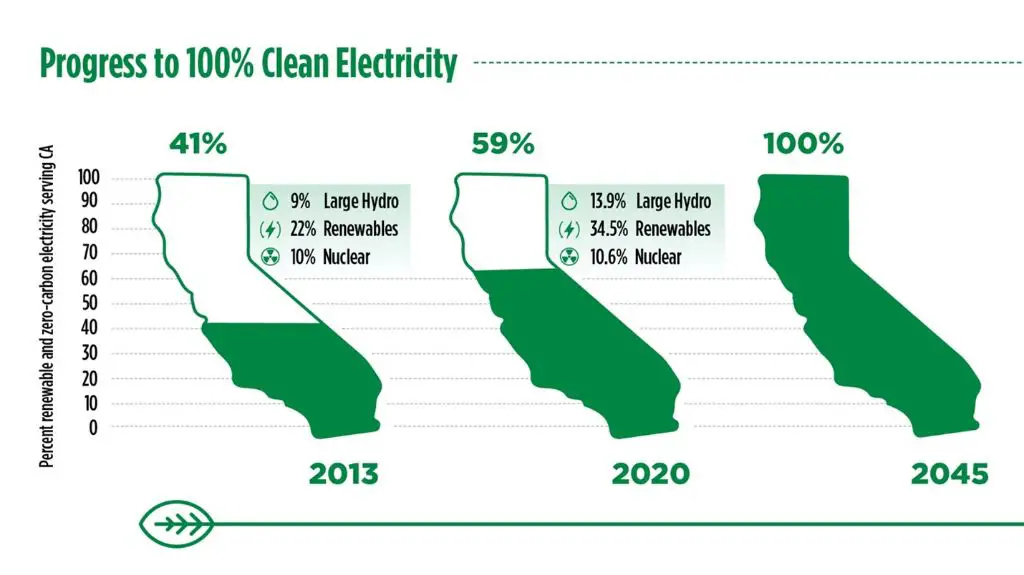
This puts SDCP ahead of California’s overall renewable energy targets, which require 100% clean energy by 2045. Specifically, SDCP has set the following clean energy goals:
- 100% renewable energy by 2035
- 80% GHG emissions reduction by 2030 compared to 2021 levels
- 100% GHG emissions reduction by 2035 compared to 2021 levels
To achieve these targets, SDCP plans to rapidly scale up wind, solar, geothermal and other renewable resources while phasing out fossil fuel power plants. According to the SDCP website, this will make San Diego the first community choice aggregation program in California to establish a 100% renewable energy target.
Community Control
One of the key benefits of CCAs is that they allow for more local control over energy sources and programs compared to traditional utilities [1]. With a CCA, cities and counties have decision-making authority over the energy procured for their community. This means they can tailor the energy mix to align with local priorities and greenhouse gas emission reduction goals [2].
For example, San Diego Community Power allows the city of San Diego to have more influence over renewable energy procurement and implementing energy efficiency initiatives that benefit the community. CCAs empower local governments and give residents a greater voice in energy policy. According to CCA advocates, this increased community control can lead to job growth, carbon emissions reductions, and keeping energy dollars within the local economy [1].
CCA Challenges
CCAs face several obstacles as they work to provide clean energy options for communities in California. Some of the main challenges include:
High start-up costs – Setting up the infrastructure and staffing required for a CCA has high upfront costs before any revenue is generated (source). CCAs need access to financing in order to cover these initial expenses.
Customer retention – Investor-owned utilities are allowed to offer special discounts and incentives to try to win back customers from CCAs. This makes customer retention difficult for CCAs (source).
Uncertainty about exit fees – CCA customers pay an exit fee to the investor-owned utility for continuing to use their transmission lines. The fee methodology and calculations have frequently changed, creating financial uncertainty for CCAs.
Balancing power supply – Matching customer demand with power purchases on an hourly basis is complex. CCAs need robust energy trading and scheduling capabilities.
Regulatory challenges – CCAs operate in an environment heavily shaped by regulatory policy. Changes to regulations around exit fees, resource adequacy, and other issues directly impact CCAs.
Is San Diego Community Power a CCA?
A Community Choice Aggregation program, also known as a CCA, allows local governments to aggregate electricity demand within their jurisdictions in order to purchase power on behalf of the residents, businesses, and municipal accounts in their communities. CCAs provide an alternative to the incumbent utility, allowing communities to have local control over their energy sources, rates, and energy programs while still using the existing electricity infrastructure.
San Diego Community Power meets the definition of a CCA. It is a non-profit public agency operated by the cities of San Diego, Chula Vista, La Mesa, Encinitas and Imperial Beach that procures electricity on behalf of residents, businesses and municipal accounts in those communities. SDCP provides rate competitiveness and local control over energy sources and programs, while SDG&E continues to deliver power, maintain infrastructure, and bill customers. Therefore, SDCP can be clearly categorized as a Community Choice Aggregation program.
The Future of CCAs
CCAs have seen tremendous growth in California in recent years. According to a 2019 report from UCLA Luskin Center, the number of CCAs grew from just 1 in 2010 to 19 by 2019, serving over 10 million customers across 170 communities (The Growth in Community Choice Aggregation). CCAs represented only 5% of IOU load in 2013 but that number grew to over 25% by 2019. The report predicts if current trends continue, CCAs may serve a majority of IOU power customers in the next 5-10 years.
Recent data shows the predictions coming to fruition. As of April 2021, CCA membership in California surpassed 200 communities, representing over 28% of IOU load (California CCA membership surpasses 200 communities). Industry experts expect CCA growth to continue rising exponentially in the coming years as more cities and counties launch or join CCA programs. The increase in renewable energy commitments by CCAs will also likely accelerate growth and adoption.

